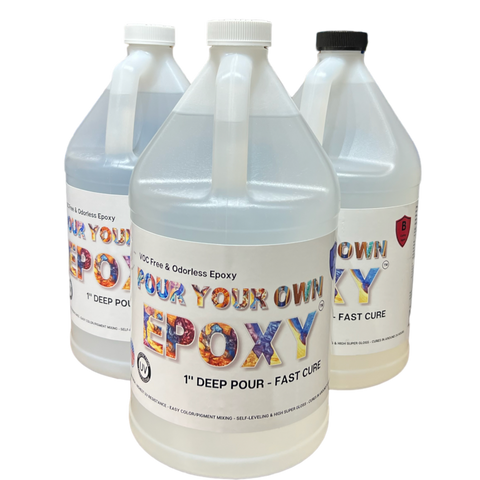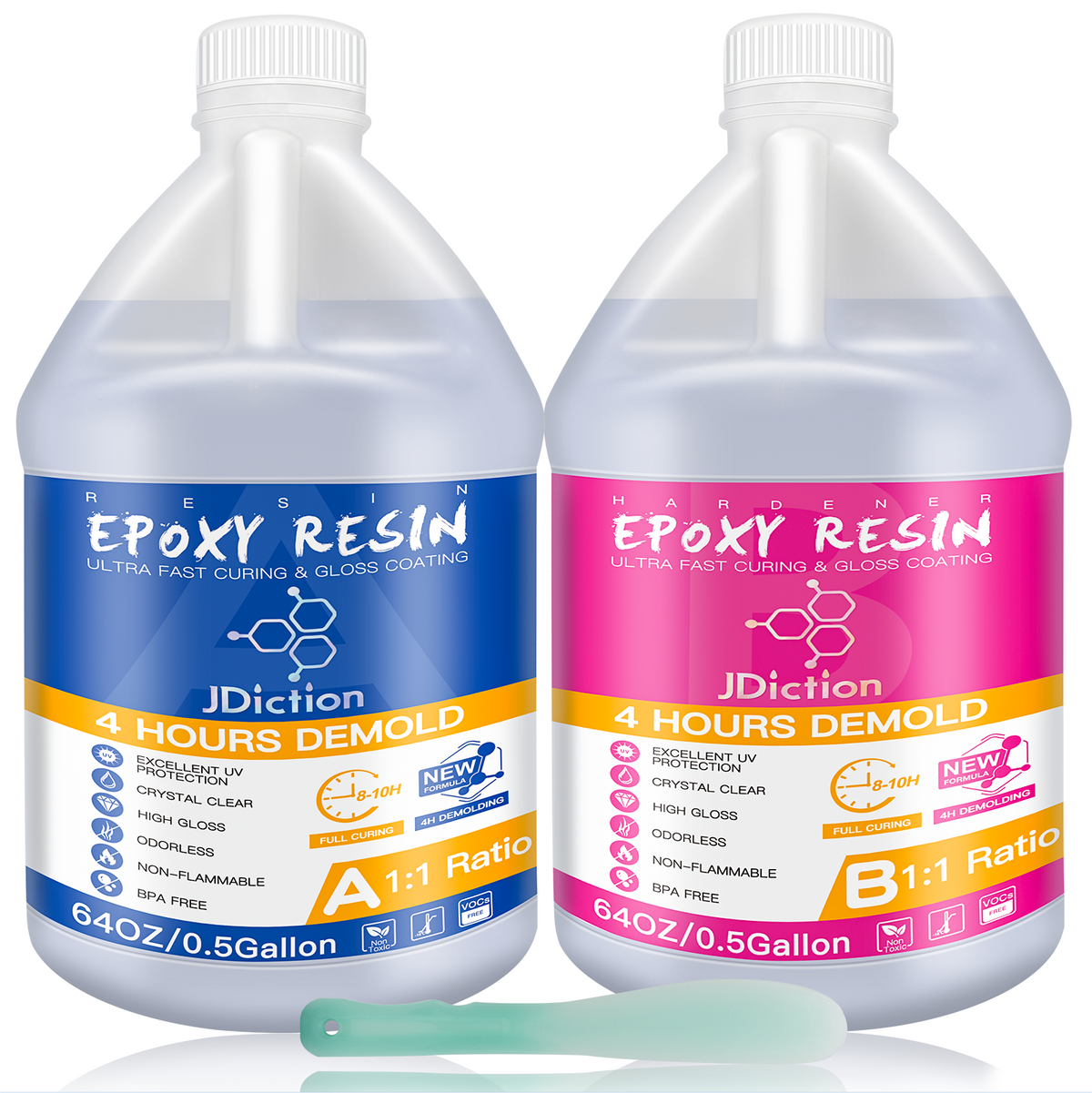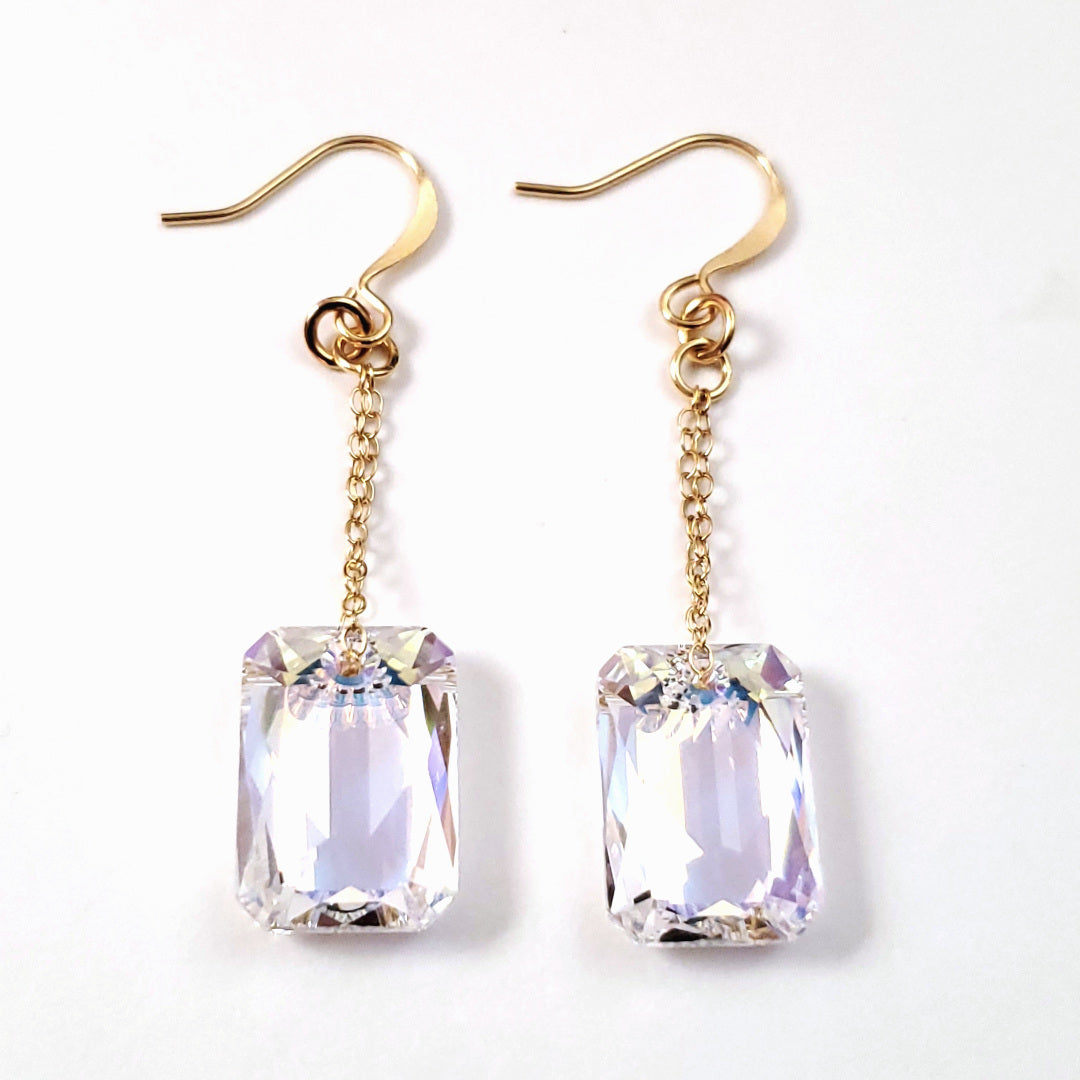
a) Viscosity dynamic scan; (b) Degree of cure versus time at different
Download scientific diagram | (a) Viscosity dynamic scan; (b) Degree of cure versus time at different temperatures for the fast-cure epoxy resin. from publication: Experimental and Numerical Studies on Fiber Deformation and Formability in Thermoforming Process Using a Fast-Cure Carbon Prepreg: Effect of Stacking Sequence and Mold Geometry | A fast-cure carbon fiber/epoxy prepreg was thermoformed against a replicated automotive roof panel mold (square-cup) to investigate the effect of the stacking sequence of prepreg layers with unidirectional and plane woven fabrics and mold geometry with different drawing | Mold, Fungi and Congenital Abnormalities | ResearchGate, the professional network for scientists.

Complex viscosity of epoxy resin at different temperatures as a
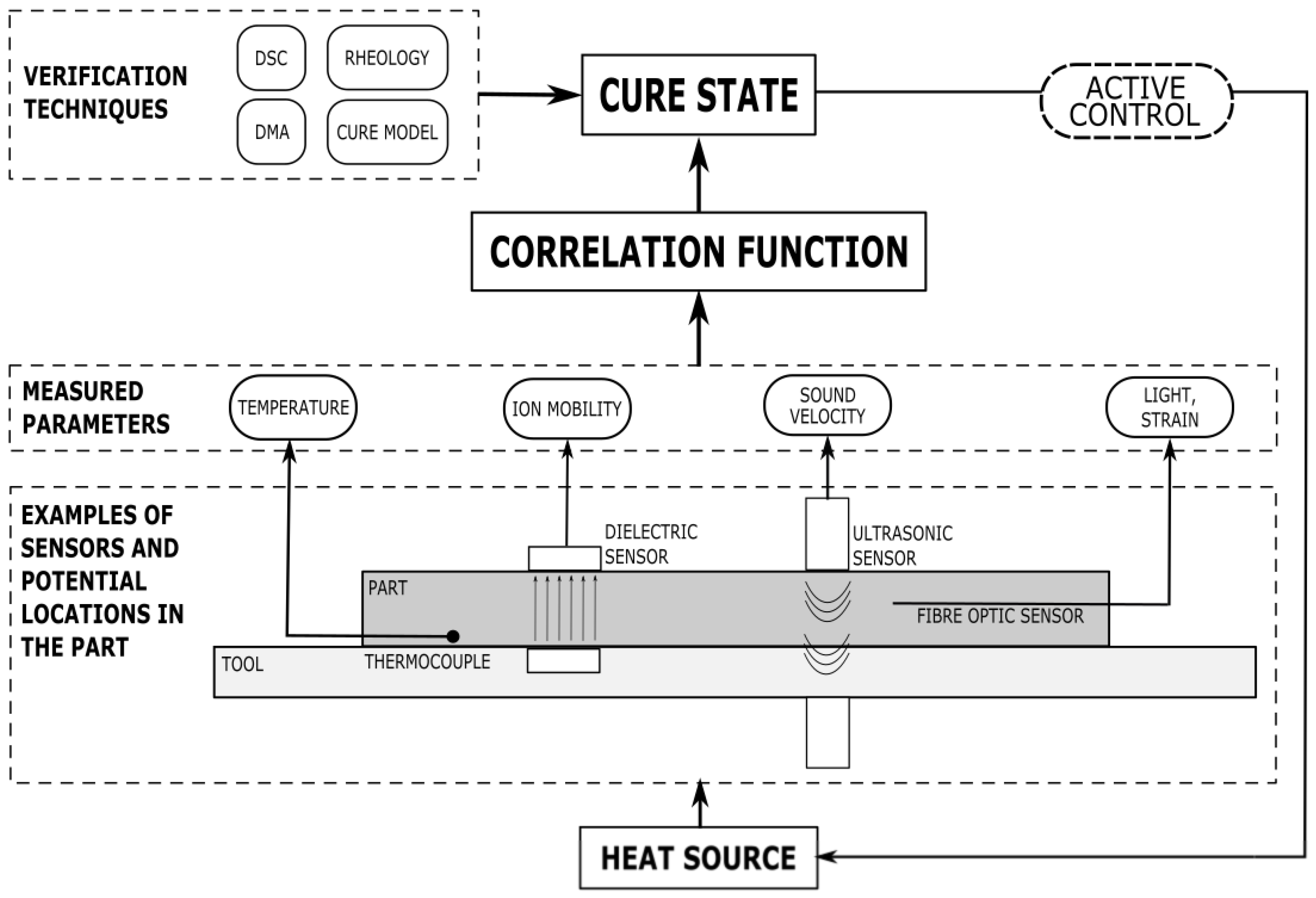
Polymers, Free Full-Text

Preparation, characterization, and curing kinetics of elevated and cryogenic temperature-resistant epoxy resin composites - ScienceDirect

PDF) Experimental and Numerical Studies on Fiber Deformation and Formability in Thermoforming Process Using a Fast-Cure Carbon Prepreg: Effect of Stacking Sequence and Mold Geometry

Geometry of Flywheel Figure 2. Geometry of Sand Mould

Measuring and understanding cure-dependent viscoelastic properties of epoxy resin: A review - ScienceDirect

Dong SEONG, Seoul National University, Seoul, SNU, Department of Materials Science and Engineering

a) Viscosity dynamic scan; (b) Degree of cure versus time at different
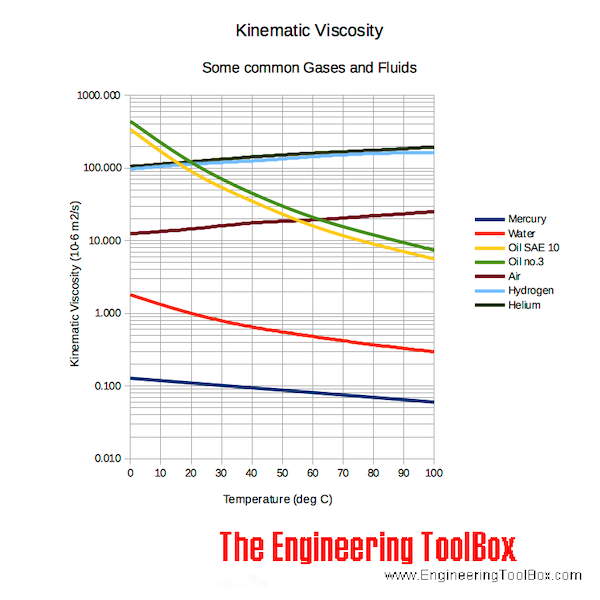
Viscosity - Absolute (Dynamic) vs. Kinematic

Experimental load-deflection results

a) Viscosity dynamic scan; (b) Degree of cure versus time at different
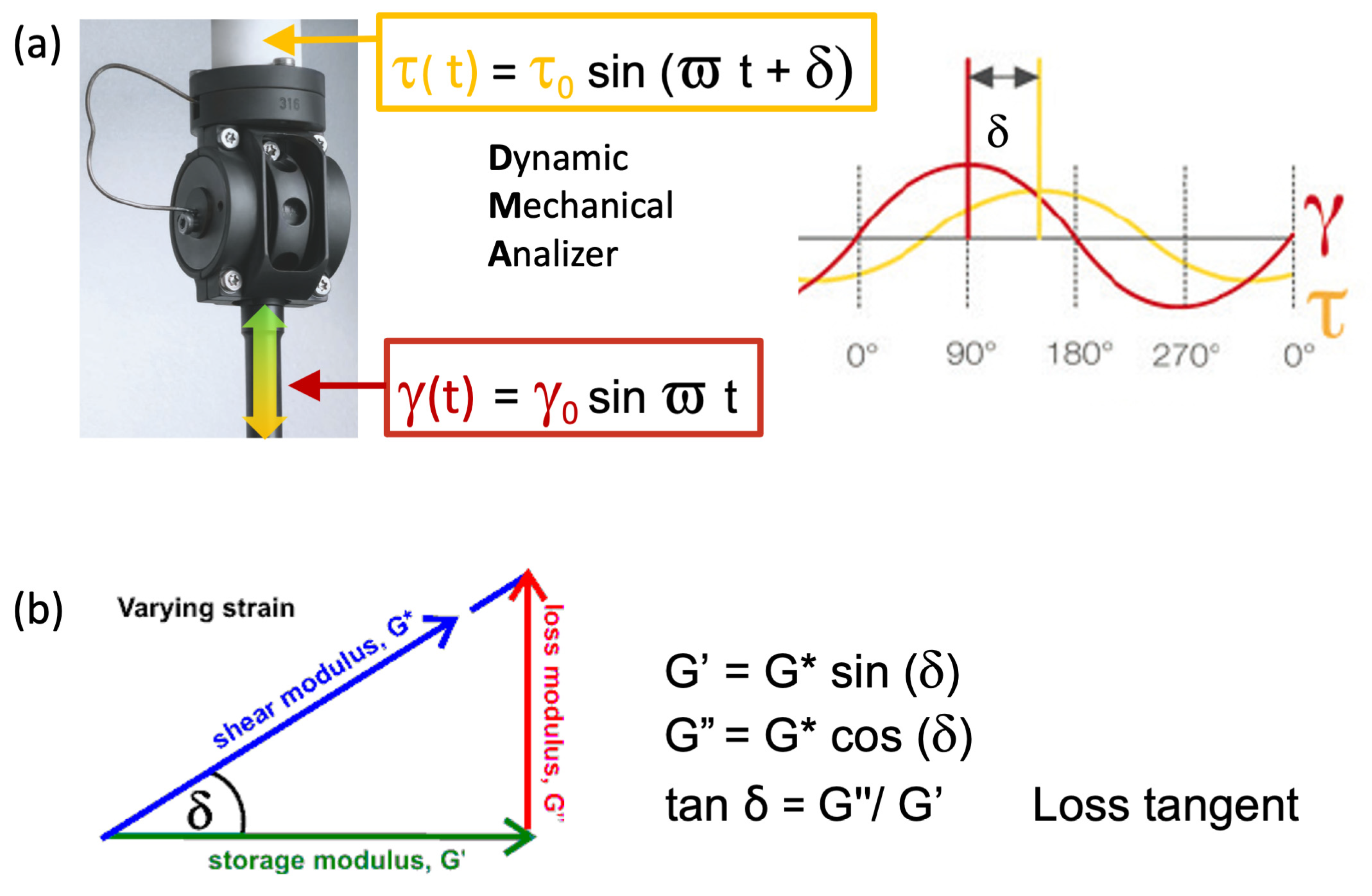
Polymers, Free Full-Text

A study of cure kinetics by the use of dynamic differential scanning calorimetry - ScienceDirect

PDF) Experimental and Numerical Studies on Fiber Deformation and Formability in Thermoforming Process Using a Fast-Cure Carbon Prepreg: Effect of Stacking Sequence and Mold Geometry
